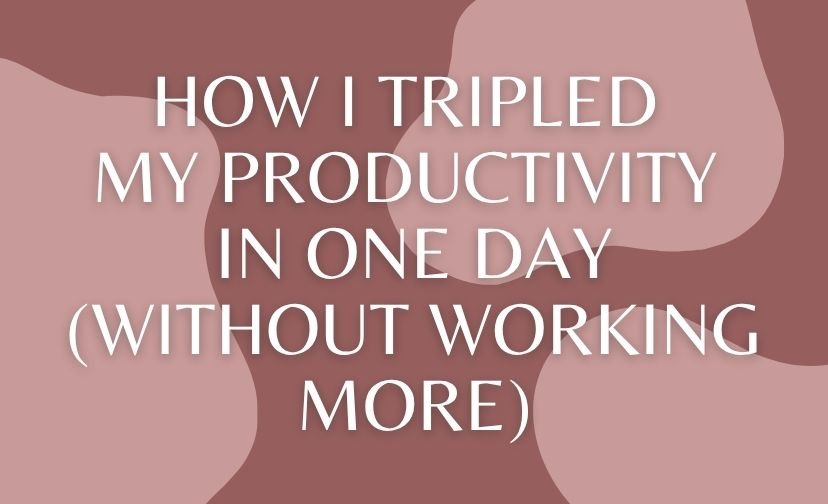Have you ever found yourself staring at the clock during a meeting, wondering how time could crawl so slowly? The frustration of wasting time in meetings is common among workplaces worldwide.
Meetings, intended as platforms for collaboration and decision-making, often morph into time-consuming black holes. But what if there was a way to reclaim this time and transform meetings into dynamic productivity sessions?
This article delves into why meetings become inefficient and explores strategies for revitalizing them, ensuring that every minute spent is worthwhile.
Understanding the Problem: Wasting Time in Meetings
The modern workplace is riddled with inefficient meetings, a phenomenon that costs businesses not just money, but also morale and productivity.
The irony lies in the intention; meetings are meant to streamline operations, yet they often become obstacles themselves. By understanding the root causes of these inefficiencies, we can begin to address and rectify them.
The Cost of Inefficient Meetings
It’s not just about the hours lost; it’s about the opportunities missed. Inefficient meetings drain resources, both human and financial. Consider the collective salary of attendees sitting through an hour-long meeting without clear outcomes.
These costs add up, making wasting time in meetings an expensive affair for organizations. Moreover, the psychological toll is significant. Employees often leave such meetings feeling disengaged and demotivated, impacting overall productivity and workplace satisfaction.
To mitigate these costs, calculate the average hourly wage of attendees and multiply it by the meeting duration. This exercise can offer a stark visualization of the financial impact, encouraging more efficient meeting practices.

Common Signs You’re in a Pointless Meeting
Recognizing the signs of a pointless meeting is the first step towards transformation. Have you ever attended a meeting with no clear agenda or purpose? Or perhaps you’ve noticed the same topics being discussed repeatedly with no resolution? These are classic indicators.
Another red flag is the attendance of individuals who have no stake in the outcome, leading to disengagement and distractions. The lack of actionable outcomes or follow-ups further compounds the issue, leaving participants questioning the value of their time investment.
Create a checklist for each meeting to ensure it meets basic criteria: a clear agenda, relevant participants, and defined objectives. This simple step can drastically reduce the frequency of pointless meetings.
Rethinking Meeting Culture
To truly revolutionize meetings, we must reconsider the culture surrounding them. This involves changing how meetings are conducted and altering the mindset of those involved. Shifting toward a culture that values time and purpose can lead to more meaningful and effective interactions.
Identifying the Purpose of Meetings
Every meeting should have a distinct purpose. Is it to brainstorm ideas, make decisions, or provide updates? Clearly defining the objective helps streamline discussions and keep participants focused.
Without a clear purpose, meetings tend to meander, leading to wasting time in meetings. Establishing the ‘why’ behind a meeting also aids in determining who needs to be present, ensuring that only essential personnel are involved.

Creating a Meeting-Friendly Environment
The physical and virtual environments where meetings occur are crucial in their effectiveness. A cluttered room or a glitchy video call can derail even the most well-planned agenda.
Ensuring that the setting is conducive to concentration and collaboration is vital. This might mean investing in better technology or choosing a quiet, comfortable space. Fostering an atmosphere where all voices are heard and respected encourages active participation and engagement.
Solicit feedback on meeting environments regularly from participants. Simple changes based on collective input can significantly enhance meetings’ overall experience and productivity.
Strategies for Productive Meeting Practices
Transforming meetings from mundane to magical requires deliberate strategies. Implementing a few key practices ensures that meetings are not just time fillers but genuine opportunities for growth and progress.
Setting Clear Agendas
A well-defined agenda is the backbone of a productive meeting. It serves as a roadmap, guiding discussions and ensuring that time is allocated efficiently. Agendas should be distributed in advance, allowing participants to prepare and contribute meaningfully.
This practice not only enhances the quality of discussions but also ensures that meetings remain focused and purposeful. A clear agenda helps prevent tangential conversations, reducing the risk of inefficient meetings.
- Define the objectives of the meeting.
- List topics in order of priority.
- Allocate time slots for each topic.
- Include time for questions and clarifications.

Time Management Techniques
Time management is a critical component of effective meetings. Setting strict start and end times respects participants’ schedules and encourages punctuality.
Techniques such as timeboxing, where each agenda item has a set time limit, can prevent discussions from dragging on. Additionally, appointing a timekeeper can help maintain momentum and ensure that the meeting stays on track. These strategies help combat the pervasive issue of wasting time in meetings.
Engaging Participants Effectively
Engagement is the lifeblood of productive meetings. Encouraging active participation ensures diverse perspectives and ideas are considered. To keep participants involved, roles such as note-taker or facilitator can be assigned.
Interactive elements like polls or brainstorming sessions can also enhance engagement. Creating a culture where everyone feels comfortable contributing leads to more dynamic and fruitful discussions.
| Strategy | Benefits |
|---|---|
| Timeboxing | Ensures discussions stay focused and on schedule. |
| Role Assignment | Increases engagement and accountability. |
| Interactive Elements | Encourages active participation and diverse input. |

Tools and Technologies to Enhance Meetings
In today’s digital age, leveraging technology can dramatically improve meeting efficiency. Technology offers numerous solutions to common meeting challenges, from virtual platforms to collaborative tools.
Leveraging Virtual Meeting Platforms
Virtual meeting platforms have revolutionized how teams connect, especially in the era of remote work. Platforms like Zoom, Microsoft Teams, and Google Meet offer features that facilitate seamless communication and collaboration.
Screen sharing, breakout rooms, and recording capabilities enhance the meeting experience, making it more interactive and inclusive. These tools save time and reduce the logistical hassles of organizing in-person meetings.
Using Collaboration Tools for Better Engagement
Collaboration tools such as Slack, Trello, and Asana provide a platform for continuous communication and project management. These tools allow teams to share documents, assign tasks, and track real-time progress.
By integrating these tools into meeting practices, teams can maintain momentum and ensure accountability. They bridge the gap between meetings, keeping everyone aligned and informed.
Explore various collaboration tools and select those that best suit your team’s needs. Review their effectiveness regularly and adapt as necessary to optimize team productivity and engagement.

Real-Life Success Stories: Transforming Meetings
Learning from real-life examples can provide valuable insights into transforming meetings. Success stories and lessons from failed attempts offer a roadmap for implementing effective meeting practices.
Case Studies of Effective Meeting Practices
Consider the case of a tech startup that revolutionized its meeting culture by implementing a “no agenda, no meeting” policy. This simple yet effective rule ensured that every meeting had a clear purpose, increasing productivity and employee satisfaction.
Another example is a marketing firm that adopted standing meetings to promote brevity and focus. These case studies highlight how innovative approaches can significantly improve meeting efficiency.
Lessons Learned from Failed Meetings
Failure often provides the greatest lessons. An international corporation learned the hard way that inviting too many participants diluted the effectiveness of their meetings. By streamlining attendance and focusing on key stakeholders, they could make quicker decisions and improve outcomes.
Another organization realized their meetings lacked follow-up actions, leading to repeated discussions on the same topics. Instituting a system for tracking and reviewing action items post-meeting helped them overcome this challenge.

Empowering Change in Your Workplace
Transforming meeting practices requires a collective effort. By fostering a culture of feedback and accountability, organizations can empower employees to drive change and improve overall meeting efficiency.
Encouraging Feedback on Meeting Practices
Feedback is a powerful tool for continuous improvement. Encouraging participants to share their thoughts on meeting effectiveness can uncover hidden issues and areas for enhancement.
This feedback loop fosters a culture of openness and collaboration, ensuring that meetings evolve to meet the team’s needs. Implementing regular surveys or feedback sessions can provide valuable insights into what works and what doesn’t, paving the way for more productive meetings.

Building a Culture of Accountability
Accountability is key to sustaining changes in meeting practices. By clearly defining roles and responsibilities, teams can ensure that everyone is invested in meeting success.
This involves holding individuals accountable for their contributions and recognizing and celebrating successes. A culture of accountability promotes ownership and commitment, driving continuous improvement in meeting efficiency.
Establish a reward system for teams that consistently demonstrate effective meeting practices. Recognizing and celebrating these successes can motivate others to adopt similar strategies, fostering a culture of productivity and innovation.





